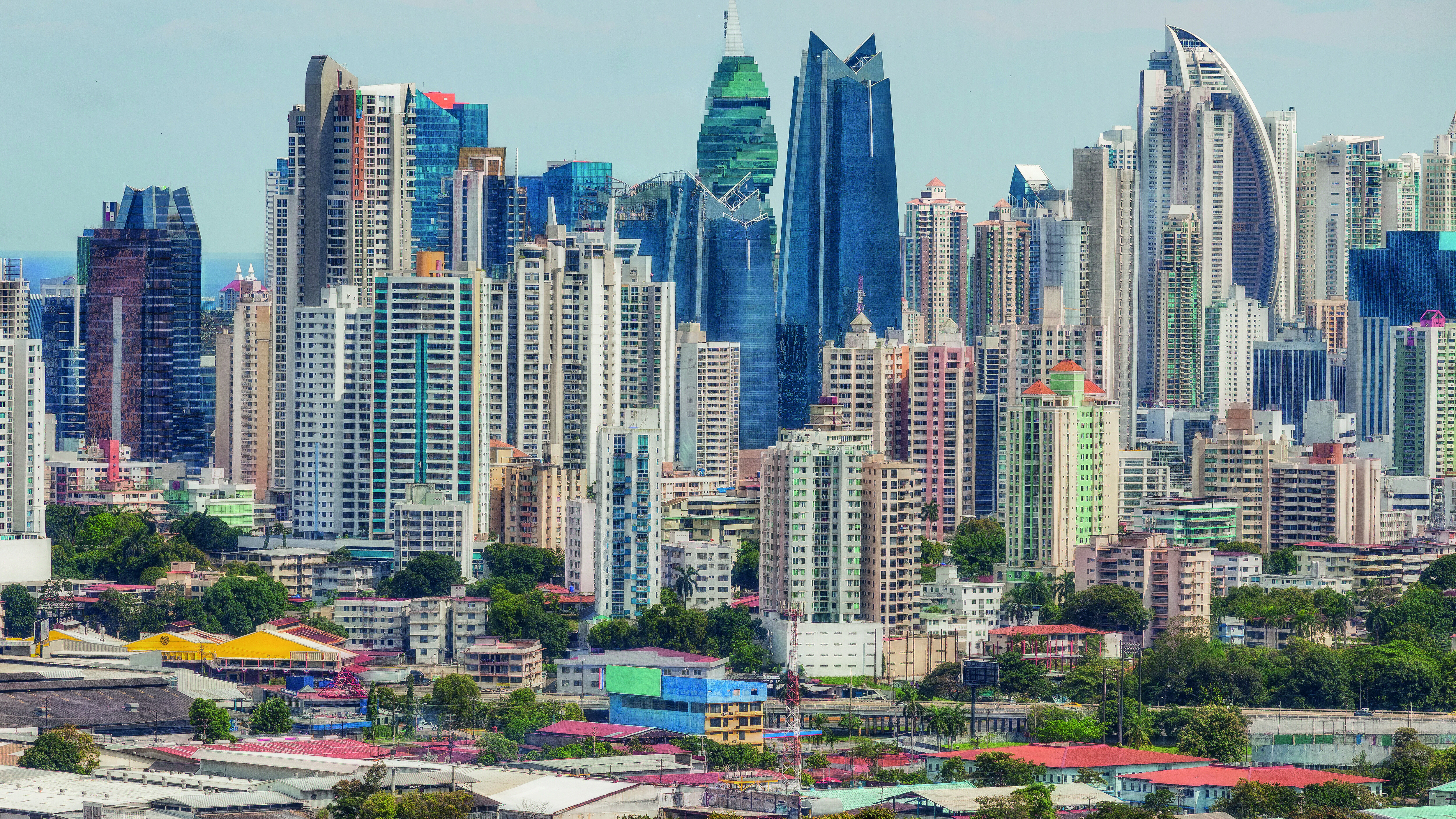Panama Bond Issue Creates Hope Amid Coronavirus Crisis
The $2.5billion issue was three times oversubscribed and was the first sovereign paper by any Latin American government since January. It paves the way for other countries in the region to raise much-needed cash to fight coronavirus...

In his recent interview with LatAm INVESTOR, Panama’s new president, Laurentino Cortizo, recalls the “epic battle” to gain control of the Canal. When it was finally handed over in 1999, the ‘Zonies’ – Americans who lived and worked in there – predicted the Panamanians wouldn’t be able to run the strategic waterway like the US had. They were right – Panama did even better.
Now Panama faces another epic battle. It was already suffering from an economic slowdown when the coronavirus crisis hit. A pandemic that closes airports, cuts travel and reduces trade is particularly dangerous for a country that prides itself on being a global hub.
That’s why the recent bond issue was so important. The $2.5billion will help Panama boost funding to its healthcare systems and take the strong measures that will allow it to bounce back more quickly from the crisis. Moreover, the fact it only has to pay rates of 4.5% on the 36-year notes, shows that international investors are still keen to buy into the Panama story. Indeed, by kickstarting the sovereign bond market, after a two-month hiatus, Panama has helped pave the way for other Latin American governments that will also need to tap the markets to fund their coronavirus responses.
Structural challenges
Even before the emergence of Covid-19, Panama’s economy was facing serious headwinds. In the 20 years since regaining control of the Canal, successive Panamanian governments followed a simple – yet effective – economic formula. Constant improvements to the Canal, yielded greater revenues, that were reinvested in key infrastructure, that boosted growth. Over the last 15 years Panama was the largest construction site in Latin America as ports, bridges, metros, roads and skyscrapers reshaped the country. The economy boomed, with annual growth averaging 7.2% between 2001 and 2013.
"A pandemic that closes airports, cuts travel and reduces trade is particularly dangerous for a country that prides itself on being a global hub…."
But in the dying years of the Juan Carlos Varela administration growth began to dip, averaging 5% per annum between 2014 and 2018, and falling to 3.5% last year. It would be easy to blame the previous government. Without doubt its bungled handling of high-profile corruption cases didn’t help. But the main reasons for the slowdown are structural. The Canal is facing a difficult few years of lower revenues and higher investment as it searches for a solution to its water problem and rides out global trade disputes. Meanwhile infrastructure is also due a pause. Panama was successful at completing public works, but often at high cost to the state and under a shroud of corruption. Another structural brake on the economy is the property sector. As we’ve seen in the UK, property booms cannot continue forever. Panama’s real estate sector had seen strong price gains since 2006, which fuelled more construction. But now certain segments are suffering, as we explore in our real estate article in this report. Finally. there is finance. Panama is an important regional financial hub. However, its repeated reappearance in financial blacklists – during 2019 both the EU and the Financial Action Task Force flagged Panama – coupled with the reputational damage from the Panama Papers will have dissuaded potential investors.
Strong response
That seems like a daunting list of challenges, yet there have already been early signs that the new government is facing the challenges head on. In a series of quick wins in its first 100 days the administration showed that it had identified the problems. On the corruption front, it made three non-partisan Supreme Judge appointments, which is an important step to creating a judicial system that can fight graft. It also managed to lift the fiscal deficit limit to 3.5% of GDP, which allowed it to issue bonds that were used to pay state arrears to local contractors inherited from the last government. The new Canal Administrator, Ricaurte Vásquez, has made it clear that water is his number one priority, ignoring other vanity projects until the Canal is fixed. On the financial front the government has already passed legislation that will help Panama comply with international anti-money laundering standards. Finally, the decades-old real estate subsidy for lower-value houses has been tweaked to support a wider-section of the market.
"there have already been early signs that the new government is facing the challenges head on.."
But the most important government measure, may well prove to be the new Public Private Partnership law. In a recent report that affirmed Panama’s Baa1 (stable) investment grade, Ratings agency Moody’s highlighted building fiscal pressure, noting that infrastructure payments are now 30% of the state’s total capital expenditure. That simply isn’t sustainable for a country that has strict legal limits on its fiscal deficit. “One of the reasons why Panama was able to build so much infrastructure over the last 15 years is that it used a type of financing structure that allowed governments to defer payments for works beyond the period of their administration”, explains Annette Barcenas, an infrastructure-focused partner at Afra, a local corporate law firm. “Indeed, lot of these projects are still being paid for.” But under the new PPP model, investors will have a greater role. Under the old model companies were “viewed as a contractor whose job is to supply goods and/or services”, explains Barcenas. “So ultimately, the funding came from the government. Now we will likely see more private-sector investment and financing.”
Of course, raising the money is only half the story. Panama now needs to invest it wisely to ensure that it can cope with the crisis and is well-positioned to benefit from the global recovery - when it eventually comes.